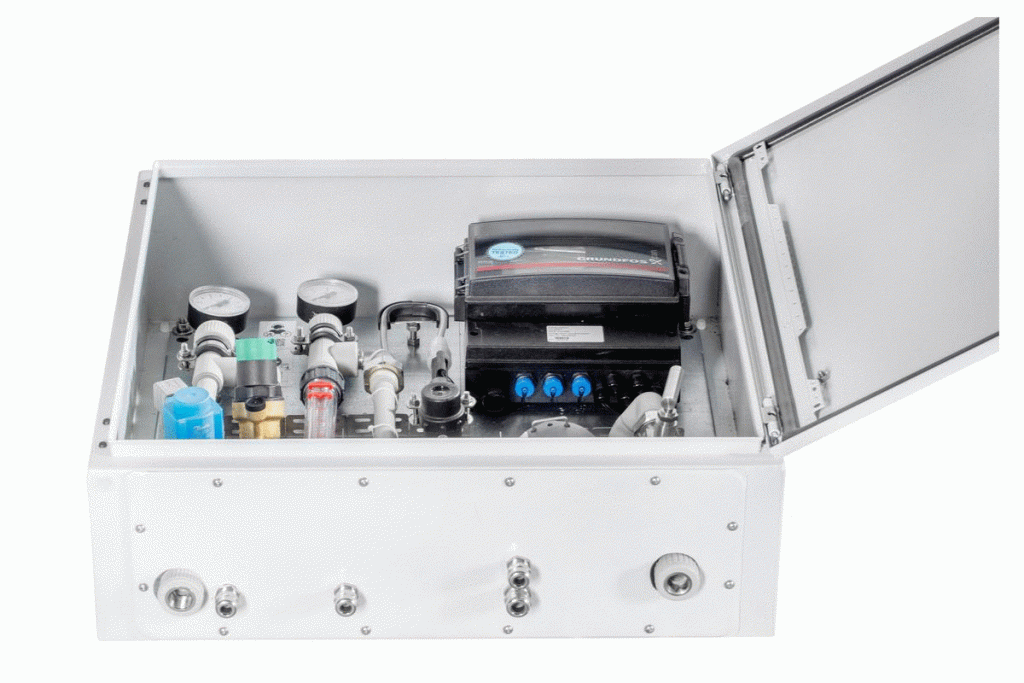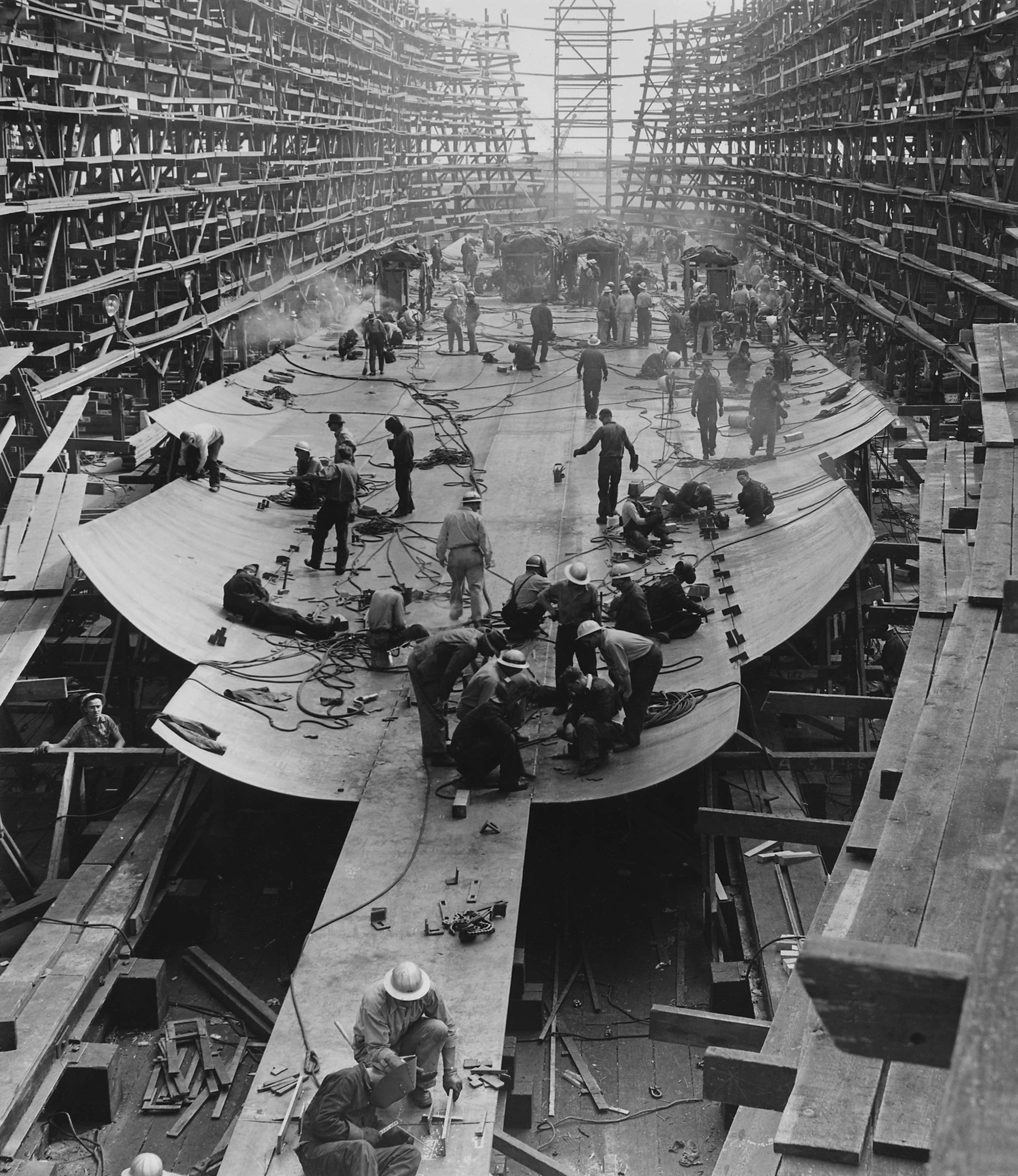Chlorination is a water treatment process that involves adding chlorine or chlorine-based compounds to water in order to disinfect it and make it safe for human consumption.
Chlorination is one of the most widely used and effective methods for treating drinking water.
It is very easy and fast process. In order to carry it out, you need to add exact amount of NaClO into the water that you want to be treated.
Water which is produced on land or ashore, even if it fits to be directly consumed by human, cannot guarantee that it will be usable sometime after its manufacture. That is why Chlorine disinfection is used in order to prevent any bacteria or other microorganisms from growing in the water.
It’s also safe process, WHO states that 5,0 mg/l doesn’t have any harmful impact to the human health or deterioration of well-being. In normal conditions amount of Chlorine dissolved in water in Poland is around 0,30 mg/l.
In order to reduce Chlorine disinfection or to prevent Your Water Systems form bacteria or harmful Legionella growth You should:
• clean or replace filter media or inserts as per manufactures instruction;
• remember to flush water installation after a period of longer water stagnation, before You use the water again, time and amount of flushed water depend on the pipes diameter and their length;
• keep the appropriate distance and insulation between the hot and cold water pipes;
• regularly check non-return/anti-pollution valves;
• keep cold water temperature below 20ºC and hot water over 55ºC.
Chlorine which is dissolved in water can be filtered via Carbon Filtration system.
If water taste is not meeting the standards it can be processed with Carbon filters.
This type of filtration is crucial for Reverse Osmosis Systems. Chlorine concentration should be less than 1mg/l. Reverse Osmosis membranes exposed on 1mg/l Cl within 200h can degrade and this damage is irreversible. This is the main reason why Carbon filters are used in Reverse Osmosis installations.
Chlorine concertation test has to be carried out with water 6-7 pH. Lower or higher pH will give wrong Cl results.
DPD test for Total Chlorine is very fast, cheap. It needs around 10ml of water for each sample. You add DPD reagent to sample and mix it properly (by shaking). In order to read out the result You have to compare color of your sample with the table which was added to the Test Kit. Remember that Your Test Kit has some limitations and it the Cl diluted in water is out of the range, Test Kit will not tell You how much Cl is in the water.

